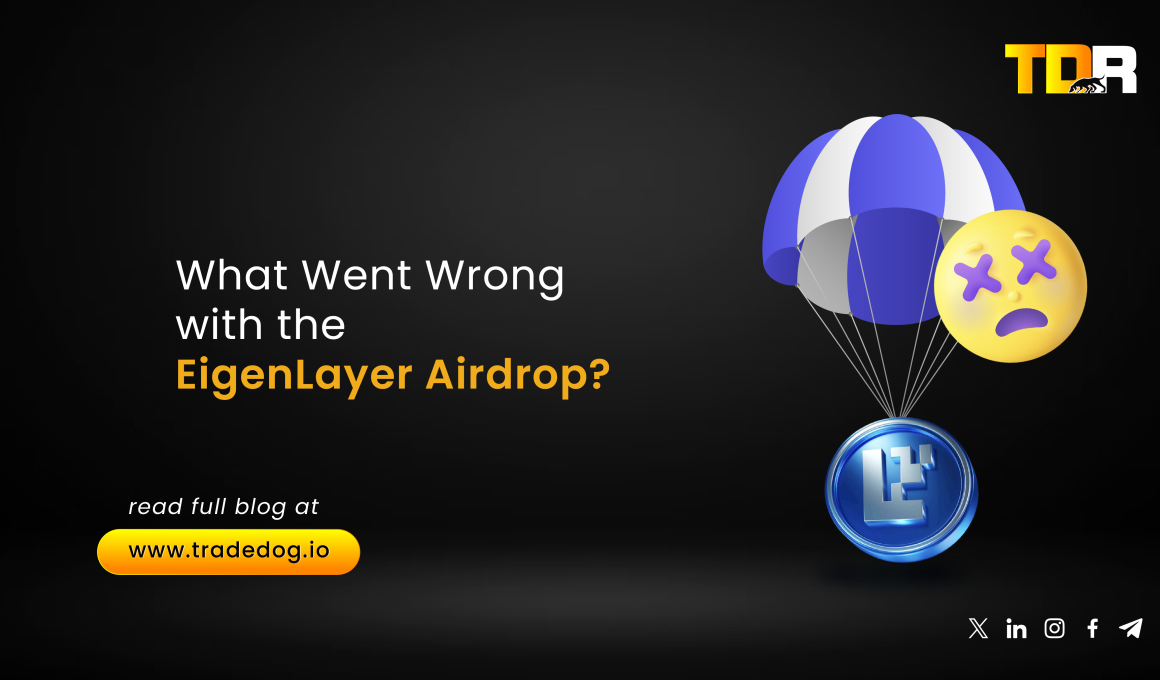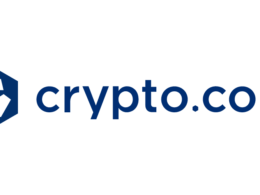Quick Links
EigenLayer is a decentralized protocol for restaking ETH, aimed at improving the security and performance of different digital services. EigenLayer aims to safeguard Actively Validated Services (AVS) from on-chain faults by employing a unique mechanism called “inter-subject forking”, offering a strong decentralized application solution. Airdrops are often used to reward early adopters, create community engagement, and introduce new projects. The recently concluded Eigenlayer airdrop took off with great expectations, but now many consider that the Eigenlayer airdrop was either a missed opportunity or a total failure. In this blog, we will understand the various reasons behind the same.
Complexity and Lack of Clarity
One of the primary reasons the Eigenlayer airdrop faltered was its complexity. The eligibility criteria for participation were intricate, requiring a deep understanding of staking, validating, and governance within the Eigenlayer ecosystem. While seasoned crypto enthusiasts may navigate these complexities, the broader community, including many potential new users, found it daunting.
Additionally, the lack of clear, straightforward communication exacerbated the problem. The educational campaigns, although comprehensive, failed to simplify the process enough for the average user. This led to confusion and frustration, deterring many from participating altogether.
Ineffective Marketing Strategies
Eigenlayer tried to do the right thing but it didn’t work out as planned and their marketing strategies were not well executed. The project relied on webinars, workshops, and detailed guides to educate potential users about it. However, they were not able to sustain the users for a long-time period and were only successful in creating short-term hype using social media campaigns and AMA sessions.
Further, the gamification elements and referral programs meant to encourage participation did not have as much impact as expected. Many users believed that the rewards offered were not worth their effort thereby leading to lower rates of participation than anticipated.
The user experience during the airdrop was another significant pain point. Participants reported various technical issues, from problems with the staking interface to delays in token distribution. These issues not only frustrated users but also undermined confidence in the Eigenlayer platform.
Community Sentiment and Trust
Another reason why some people regard the Eigenlayer airdrop as unsuccessful is because their community trust was worn out after the initial hype. Following this airdrop, many participants attacked it in various social medias and websites. However, there were several criticisms including perceived unfairness in distributing them or lack of adequate rewards for their efforts among other complaints.Lastly, the transparency reports issued by Eigenlayer also did not have any effect on controlling dissatisfaction among stakeholders as the community complained that their concerns were not well addressed leading them to lose confidence in both the project and its leaders. Many users are unhappy with their token allocations.
Conclusion
The Eigenlayer airdrop was a highly anticipated event that ultimately fell short of expectations. Its complexity, ineffective marketing strategies, poor timing, technical issues, and eroded community trust contributed to its perception as a failure. However, by learning from these missteps and addressing the concerns of the crypto community, Eigenlayer can still pave the way for future success. The journey of innovation is fraught with challenges, but each failure is an opportunity to learn, adapt, and improve. For the crypto community, the Eigenlayer airdrop serves as a reminder of the importance of clarity, simplicity, and trust in building a robust and engaged user base.









